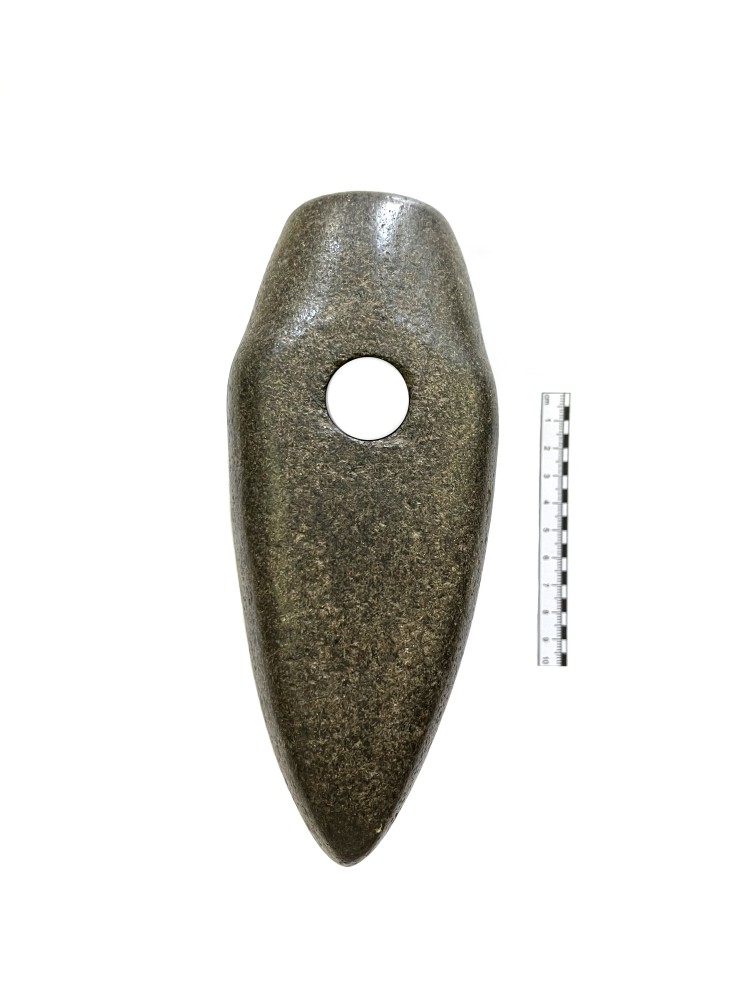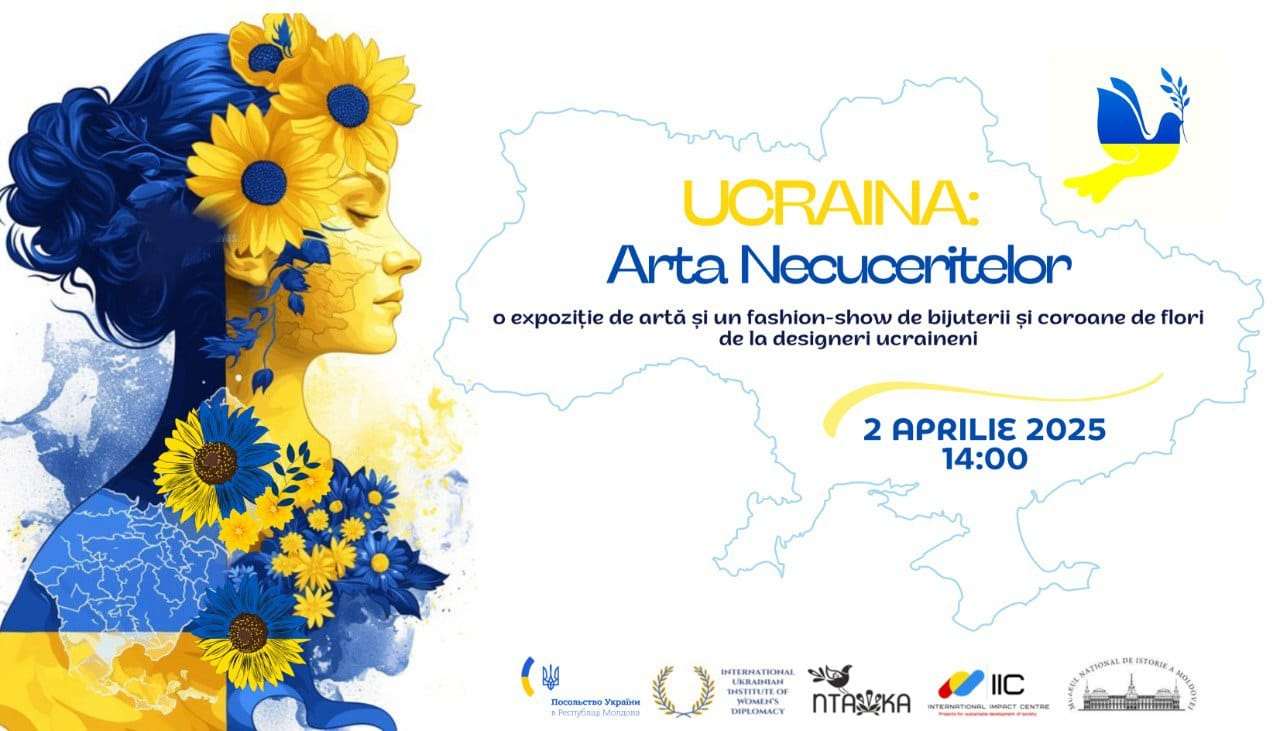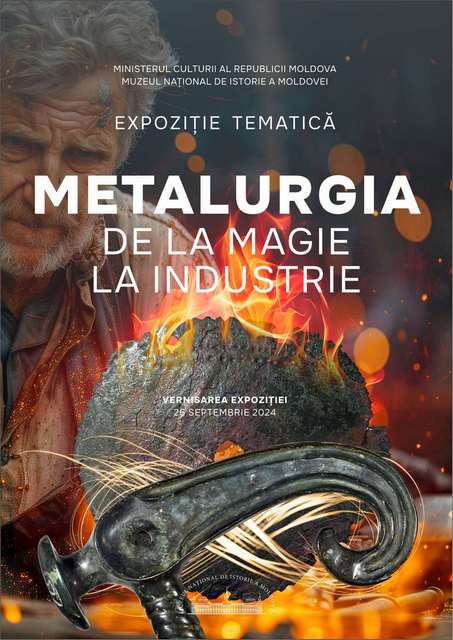The National Museum of History of Moldova and the Interregional Delegation of the International Committee of the Red Cross in Moscow (for the Russian Federation, the Republic of Belarus and the Republic of Moldova) are organizing the exhibition "War and Humanitarian Action: the Lessons of History" from 14 September to 14 October 2017.
 |
The exhibition reflects the special work carried out by the International Committee of the Red Cross to help those in distress from the beginning to World War Two. Those over 50 photographic images taken from the archives of the International Committee of the Red Cross, the TASS news agency, the State Central Museum of Contemporary History of Russia and the National Museum of History of Moldova, are documentary testimonies of tragic moments that marked the history of the 19th and 20th centuries: Russian-Turkish War of 1877-1878, Hispanic-American War of 1898, World War One, Greek-Turkish War of 1919-1922, World War Two. The photographs included in the exhibition show not only the cruelty, the brutality, the pain and the suffering - parts inherent to any war - but, in particular, examples of authentic humanitarian, condescending, compassionate and sacrificial actions shown by the staff of the International Committee of the Red Cross, the Russian and Soviet Red Cross, the Red Cross in Bessarabia, the volunteers of the entire Red Cross Movement to alleviate the suffering of the most vulnerable people.
The central idea of the exhibition is that the criminal code of war often left the place for the human code during military conflicts. Beyond hate, violence and death, many testimonies make us discover that it always existed to a greater or lesser extent compassion, help, mercy, and pacifism.
The opening of the exhibition took place on September 14, 2017, at 15:00, on the ground floor of the National Museum of History of Moldova.
 31 August 1989 St., 121 A, MD 2012, Chisinau, Republic of Moldova
31 August 1989 St., 121 A, MD 2012, Chisinau, Republic of Moldova
















































